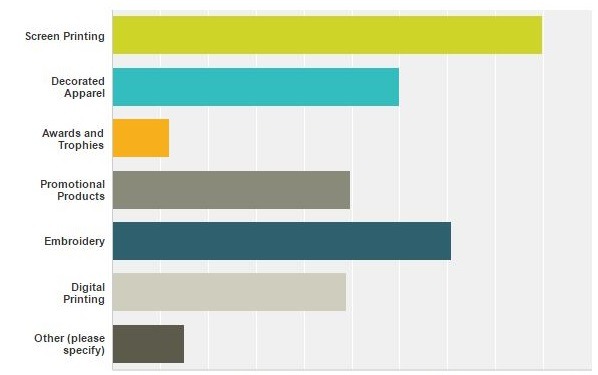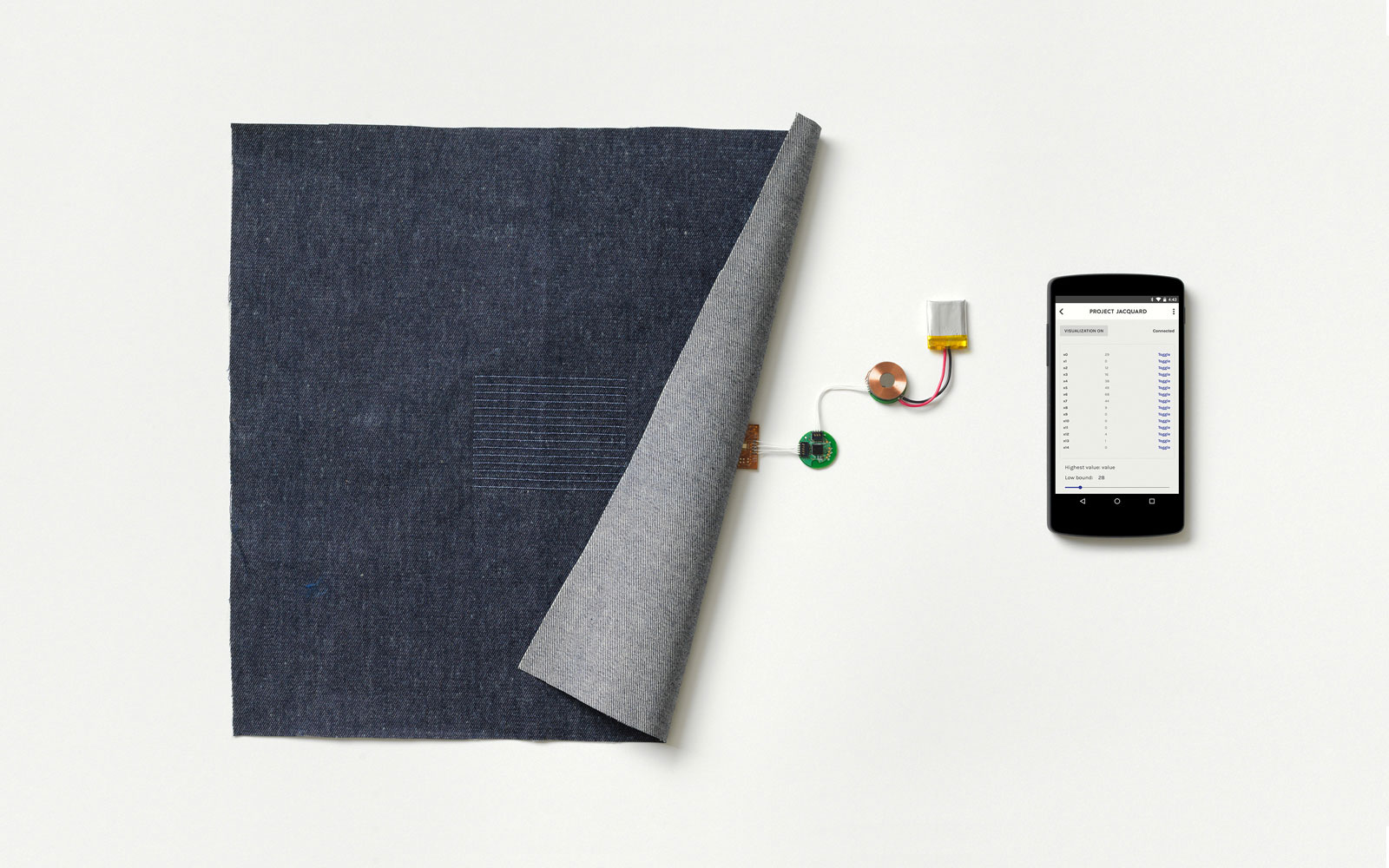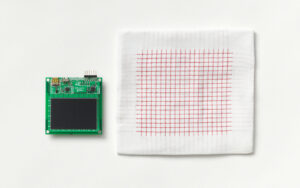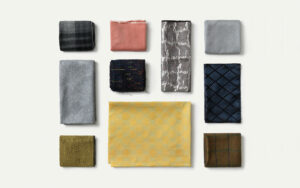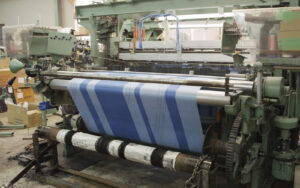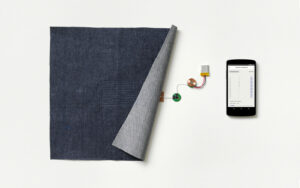Hundreds of screen printing, embroidery, promotional products, digital printing, and awards & trophies companies shared their reasons for selecting and staying loyal to their favorite screen printer suppliers in the 2016 Screen Printing Supplies Vendor Survey. With over 30,000 embellished industry shops throughout the US and Canada, ShopWorks conducted a survey to understand what factors were important in selecting screen printing supplies vendors and why.
Who Participated in the Screen Printing Supplies Vendor Survey?
Most companies participating in the survey classify themselves as being in the business of screen printing, embroidery, decorated apparel, promotional products, digital printing, and awards & trophies.
The survey was completed by nearly 150 screen printing and other promotional products companies across US and Canada.
About 32% of the companies had greater than 20 employees while another 33% were 5 or less employees. Companies between 6 and 20 employees account for the remaining companies participating in the survey.
Where Do Most Companies Go to Buy Screen Printing Supplies?
Local screen printing suppliers remain king, accounting for 62% of where screen printing companies go to buy most of their supplies. 31% shop for supplies online. A small percentage, 6%, use various distributors and regional suppliers.
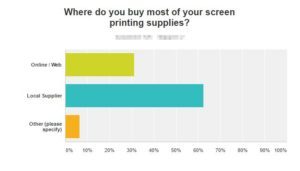
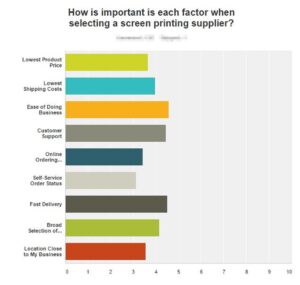
What Factors are Important when Selecting a Screen Printing Supplier?
While many factors come into play when selecting a screen printing supplier, ease of doing business, customer support, and fast delivery were three top reasons. Broad selection of supplies and lowest shipping costs were also considered important. Surprisingly, lowest supplies costs was not a top five factor.
How Well Does the Primary Supplier Meet Company Needs?
Pretty well. The go-to screen printing suppliers do very well at aligning their services with the factors screen printers and other promotional products companies care most about.
How Loyal are Companies to Their Primary Supplier?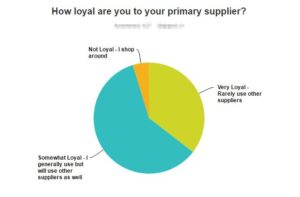
One key finding from the Screen Printing Supplies Vendor Survey is only about 35% of the companies surveyed are very loyal (rarely use other suppliers) to just one supplier. Overwhelmingly, 60% are somewhat loyal – they have a primary screen printing supplies vendor but will use other suppliers as well. For screen printing supplies vendors, this leaves a big opportunity to capture more customers. And only 5% of surveyed businesses shop around regularly. These shops tend to be much more concern about lowest supply costs.
How Best to Manage Your Screen Printing Supplies?
Inventory management software is a great way to better manage your suppliers. These software packages are great for managing inventory levels, placing orders when they are needed, tracking order status, and automating the receiving process. Businesses using these inventory management systems often experience lower inventory costs, more timely delivery, lower shipping costs, and improved ease of managing their business.
Not all inventory management systems are created equal. Robustness of features and integration with other parts of the business, likes sales and order entry, are important factors to consider when evaluating and purchasing a new inventory management system.
